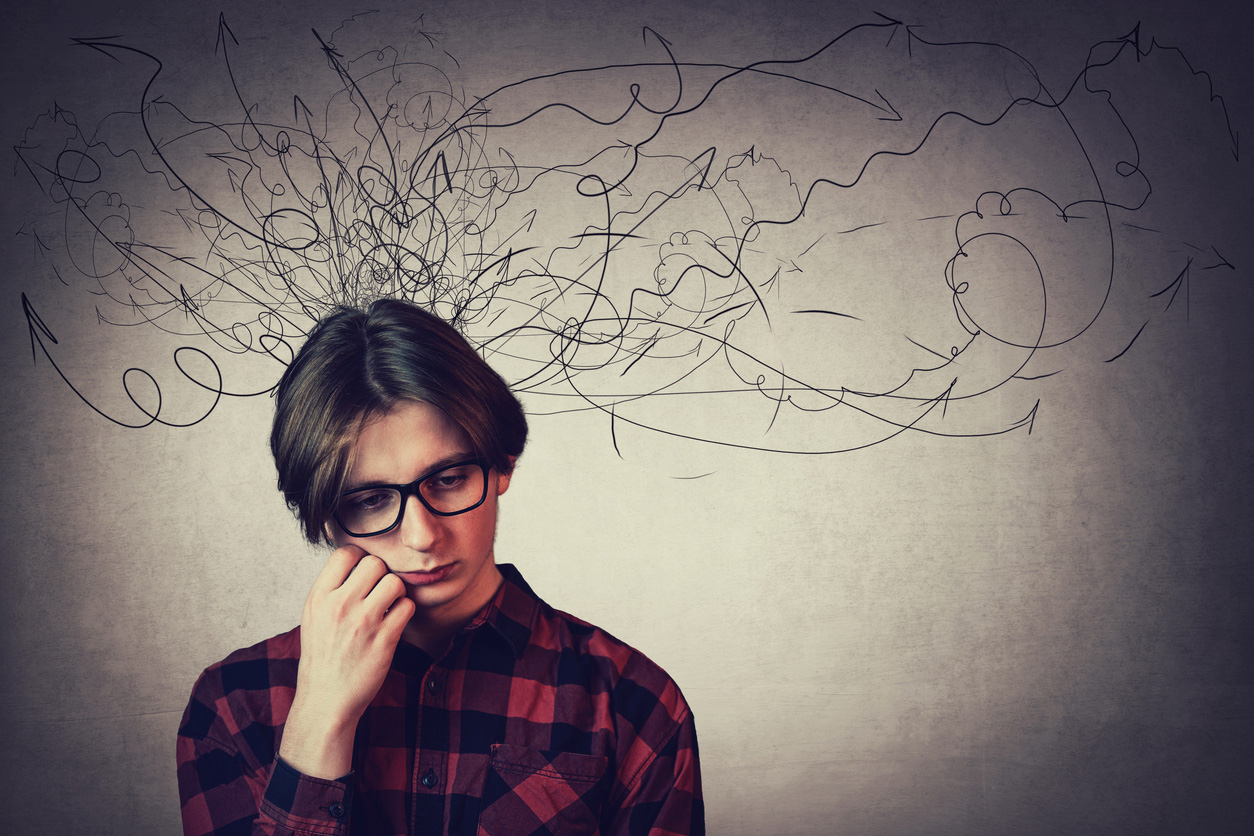There’s a scene in the 1999 Academy Award-winning movie American Beauty in which an out-of-shape Kevin Spacey, newly lovestruck, encounters a pair of fitness buff neighbors jogging in front of his house. The dialogue goes something like this:

Spacey: I figured you guys might be able to give me some pointers. I need to shape up. Fast.
Neighbor: Are you just looking to lose weight, or do you want increased strength and flexibility as well?
Spacey: I want to look good naked!
That ranks as one of the most memorable exercise quotes ever!
Besides helping you to “look good naked,” exercise confers a host of benefits. It helps alleviate anxiety and depression, it improves sleep quality, and it clearly improves physical health (although controversy rages over how much it really helps to extend life).
Studies suggest exercise reduces the risk of heart disease, diabetes and cancer, but some inveterate couch potatoes insist: Why get all hot and sweaty? It makes little difference in the end. We all meet our Maker eventually.
I frequently point out that, regardless of whether you’ll live longer, you’ll live better, and you’re less likely to succumb to the debilitating diseases that rob our later years of joy and vitality.
We in the health optimization field call this “squaring off the aging curve.” Instead of succumbing to a progressive decline starting around the age of 50 and requiring aggressive life sustaining medical interventions until medical “fixes” no longer work, you can function pretty well and maintain independence until you reach the natural limitations of your mortality, and simply fall off the aging curve with minimum suffering.
Another way of saying this is to repeat the old saying: “I want to live to 100, and die while making passionate love due to a gunshot wound inflicted by a jealous lover.”
Lifelong exercise can help us toward that goal. (And, yes, exercise has been shown to help maintain your sexual edge.)
Of note, exercise has been shown to be one of the best ways to stave off cognitive decline, better even than brain games and crossword puzzles.
Just as a wise investor creates a diversified portfolio—partitioning assets among stocks, bonds, real estate, cash and “hard” assets such as gold and diamonds—so, too, should the exerciser develop a variegated menu of exercise options.
This was forcefully illustrated to me when, at the age of 53, I broke my hip in a bicycle accident. An inveterate runner, cyclist and triathlete, I suddenly was barely able to walk, and I was faced with the prospect of a lengthy recuperation.
Fortunately, I was a swimmer, and so within a month of my injury and scarcely able to even walk painfully with crutches to the pool at my local Y, I began water rehab. Using an “aqua jogger” flotation device, I got into the deep end of the pool and began “running” weightlessly in place. I started swimming laps again using my arms, not my leg kick, to propel me.
At home, I did endless crunches to strengthen my core. In the weight room, I did upper body exercises.
The key was not to be “invested” wholly or too heavily in one type of exercise. I frequently see active patients who, for example, after a knee injury become depressed and flabby because they can’t run or play tennis—the only ways they have to express their physicality.
I tell them to diversify.
Diversification is the only sane strategy for the over-50 athlete because one inalterable fact of life is that, past a certain age especially, it’ll always be “something.” It may be a sore shoulder from over-ambitious bench-pressing or painful plantar fasciitis from too many miles on the asphalt or bad knees from hitting the moguls on the ski slope.

There are six basic types of workouts to include in your exercise portfolio:
1) Aerobic training, which can be accomplished in a variety of ways ranging from brisk walking or hiking to running, cycling, swimming or using the elliptical or stair-climber in a gym
2) Strength workouts with weights or resistance equipment
3) Flexibility exercises such as yoga and stretching
4) Plyometrics, which involves explosive bursts of muscle effort, as in jumping rope or leaping
5) Core exercises that can be accomplished with a large inflated ball, incline board, Pilates apparatus or Bosu
6) Balance exercises using a variety of rocker devices or tai chi, which stave off instability, a major cause of debilitating injuries
The proper duration of exercise always is being debated, but the inescapable conclusion is that, while more may be better, even a little is better than nothing. Some studies have shown that as little as one hour per week produces distinct health benefits.
For the more fit, HIIT (high-intensity interval training) offers confirmed benefits in short bouts of very intense exercise. But it requires serious motivation, and, as in CrossFit, the potential for injury rises exponentially.
For the less intrepid, try working with a certified personal trainer to create a menu of exercises that you can do not just when the trainer is there to put you through the paces but on your own between those pricey sessions.
The dog days of summer are over. It’s fall. It’s cooler. No more excuses. Diversify your exercise portfolio now. It’s a vital investment you can’t afford to forego. You’ll reap lifelong dividends.






